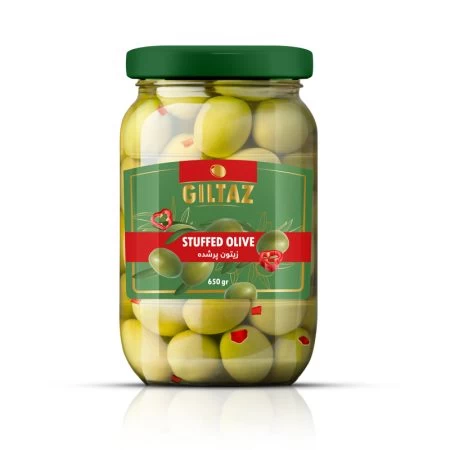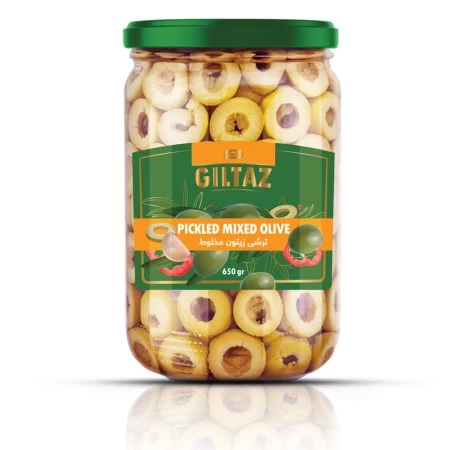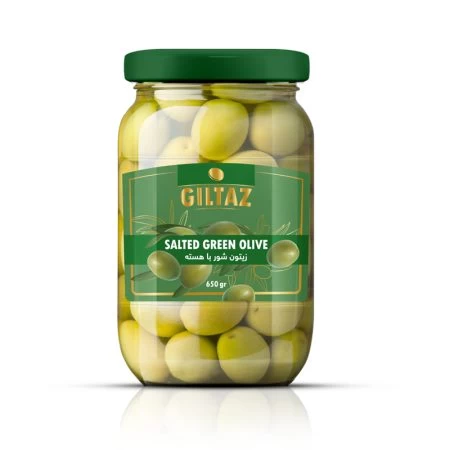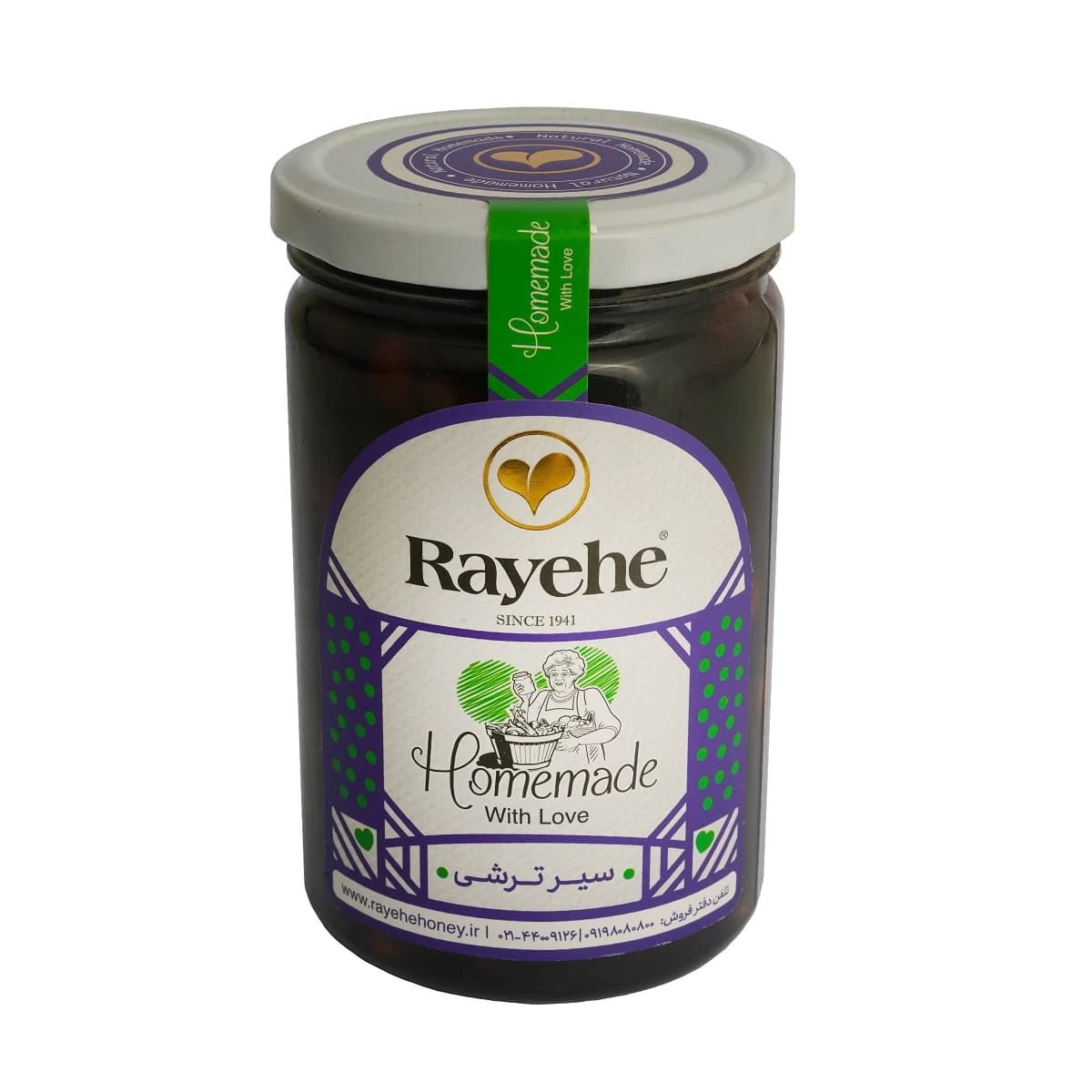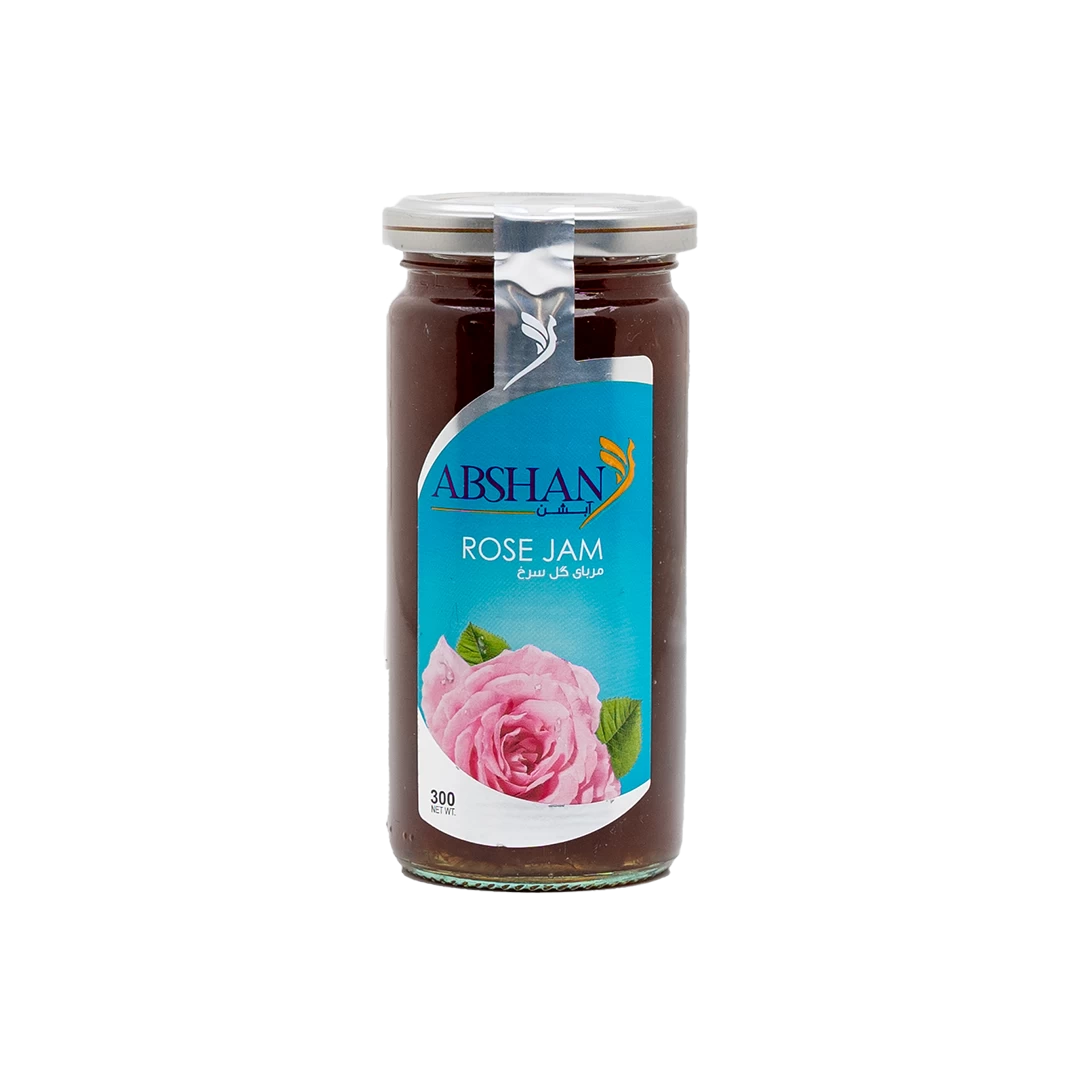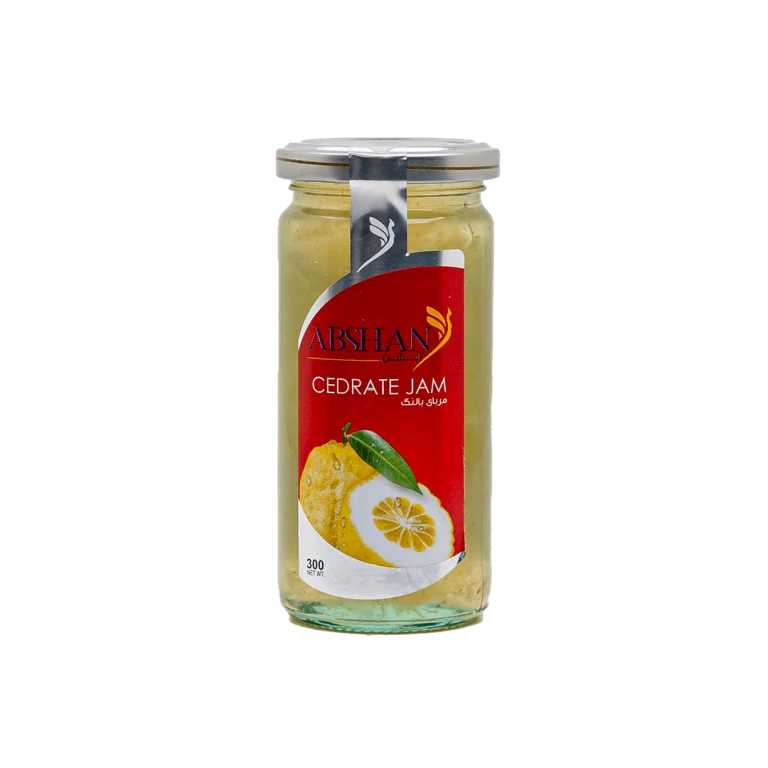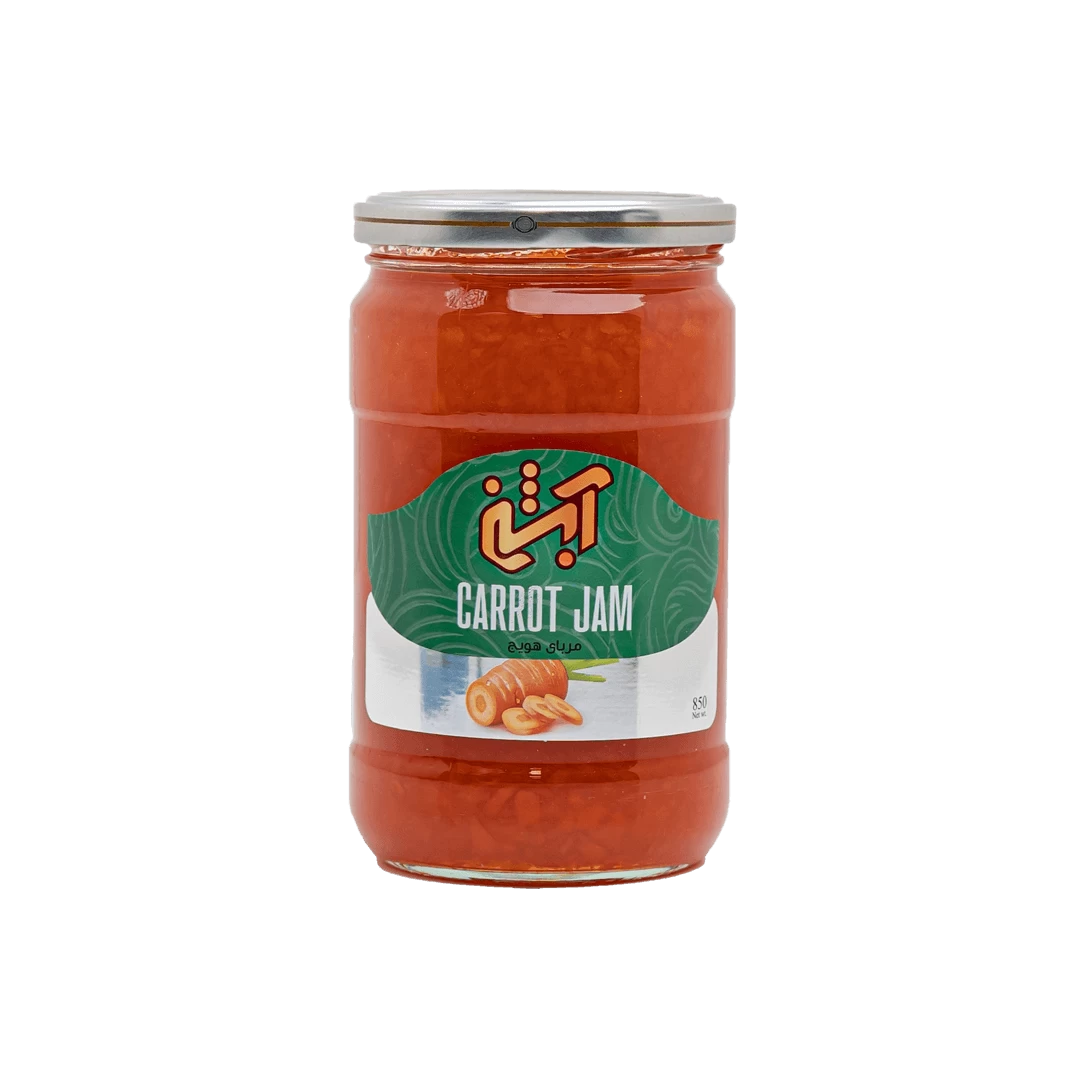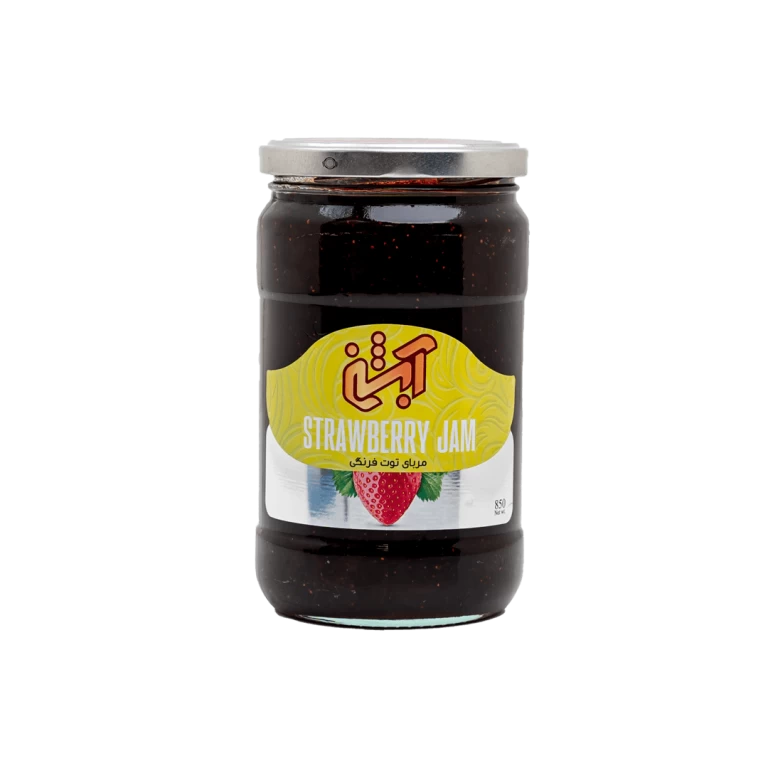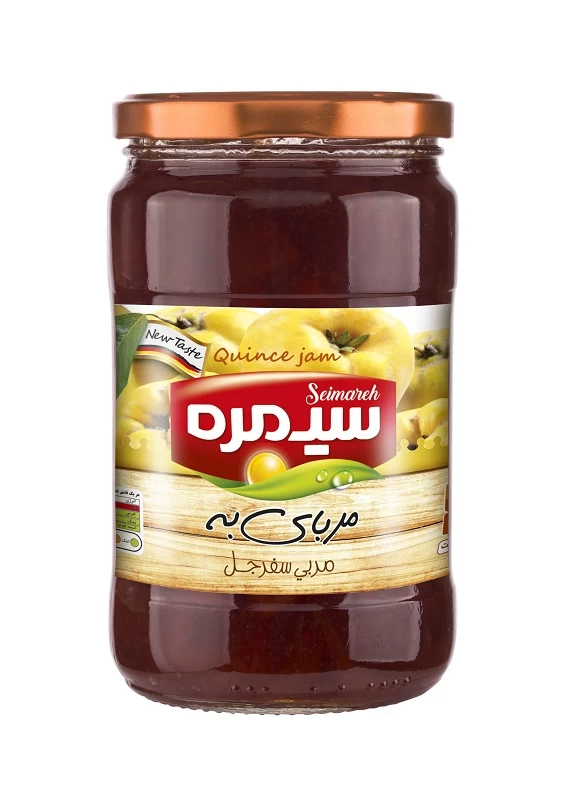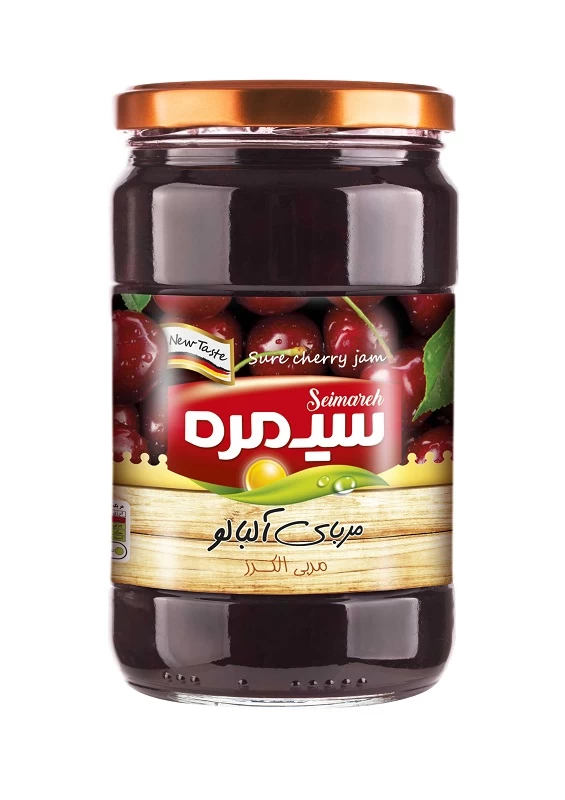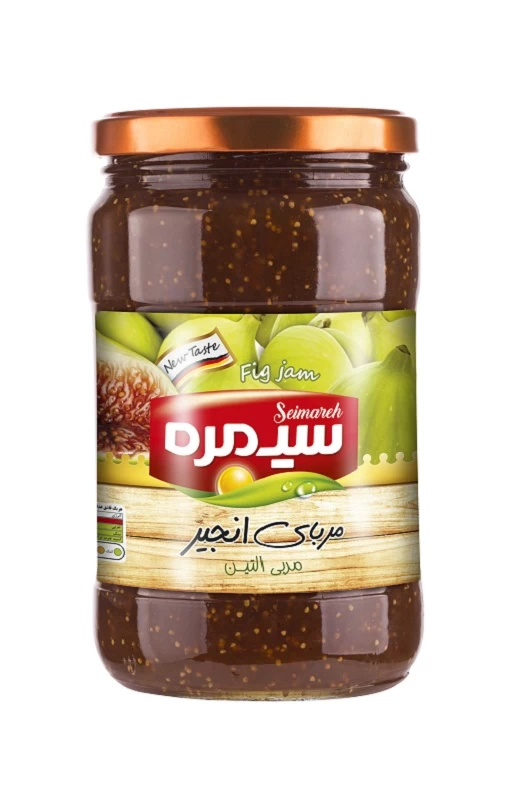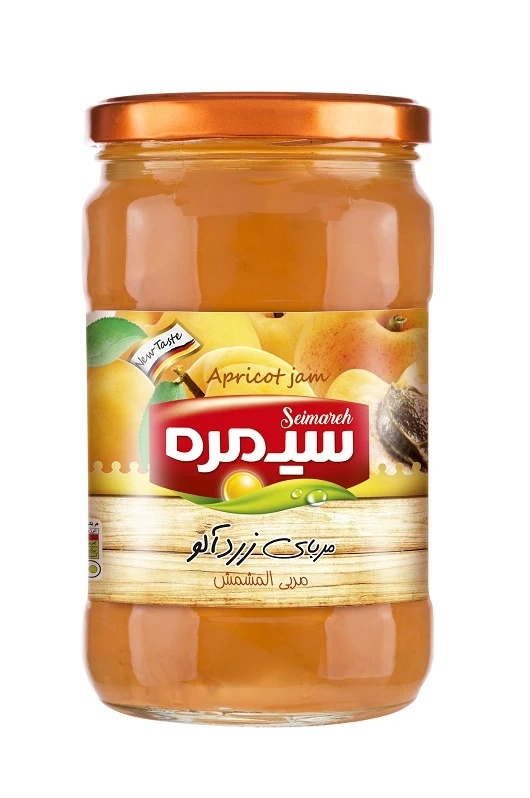Fruit & Vegetable Products
Fruit products encompass a wide range of food items derived from fruits. This includes fresh fruits, dried fruits, fruit juices, fruit jams, fruit preserves, fruit sauces, fruit compotes, fruit purees, fruit syrups, fruit candies, and fruit-based desserts like pies, tarts, and fruit salads. These products are enjoyed for their natural sweetness, flavor, and nutritional benefits.
Dried fruit is fruit from which the majority of the original water content has been removed either naturally, through sun drying, or through the use of specialized dryers or dehydrators. Common types of dried fruit include raisins, dates, apricots, figs, prunes, and cranberries. Drying fruit preserves it for longer periods, making it a convenient and portable snack. Dried fruit can also be used in baking, cooking, and as toppings for cereals or salads. It retains much of the nutritional value of fresh fruit, including vitamins, minerals, and fiber, although the drying process can concentrate natural sugars.
Fruit juice is the liquid extracted from fruits, typically by squeezing or pressing the fruit. It can be consumed as a beverage or used as an ingredient in cooking and baking. Fruit juices can be either 100% pure juice or juice blends, which may contain added ingredients like water, sweeteners, or other fruit juices. Common types of fruit juice include orange juice, apple juice, grape juice, pineapple juice, and cranberry juice. Fruit juice is appreciated for its refreshing taste and nutritional benefits, including vitamins, minerals, and antioxidants. However, it's important to note that some commercially available fruit juices may contain added sugars and preservatives.
Fruit jam is a sweet spread made from fruit, sugar, and sometimes pectin, a natural thickening agent. The fruit is typically cooked down until it reaches a thick, spreadable consistency. Common types of fruit jam include strawberry jam, raspberry jam, apricot jam, and peach jam, but almost any fruit can be used to make jam. Fruit jam is commonly used as a spread on bread, toast, or crackers, and it can also be used as a topping for pancakes, waffles, or yogurt. It's appreciated for its sweet flavor and versatility in culinary applications.
Fruit preserves are similar to fruit jam but typically contain larger pieces or chunks of fruit, along with the fruit's juice and sugar. The fruit is cooked down with sugar until it thickens, but it is not typically strained or pureed as much as jam, resulting in a chunkier texture. Fruit preserves can include a variety of fruits, including berries, peaches, apricots, and figs. They are commonly used as a spread on bread, toast, or biscuits, and can also be used as a topping for desserts or paired with cheese on a charcuterie board.
Fruit sauces are sauces made primarily from fruit, often cooked down with sugar and sometimes other ingredients like spices . These sauces can vary in consistency from thin and pourable to thick and spoonable, depending on the cooking method and desired final texture. Common types of fruit sauces include berry sauces, apple sauces, and citrus sauces. Fruit sauces can be used as toppings for desserts like ice cream, cheesecake, or pancakes, or as accompaniments for savory dishes like grilled meats or poultry. They add a sweet and flavorful touch to a variety of dishes.

Fruit compotes are sweet, chunky sauces made from cooked fruit, sugar, and sometimes spices or other flavorings. The fruit is typically gently simmered in water or juice until it softens and releases its juices, then sugar is added to sweeten the mixture. Compotes can be made from a variety of fruits, such as apples, pears, berries, or stone fruits like peaches and plums. They can be served warm or cold and are often used as toppings for desserts like yogurt, ice cream, or pancakes, or as a filling for pastries and cakes. The chunky texture and intense fruit flavor make compotes a versatile and delicious addition to many dishes.
Fruit syrups are sweet, flavored liquids made from fruit juice or fruit puree, water, and sugar. They are typically cooked down until thickened to a syrupy consistency. Fruit syrups can be made from a variety of fruits, including berries, citrus fruits, tropical fruits, and stone fruits. They are commonly used as toppings for pancakes, waffles, and desserts like ice cream and yogurt. Fruit syrups can also be mixed with water or sparkling water to make flavored beverages, or used as a base for cocktails and mocktails. They add a burst of fruity sweetness and flavor to a wide range of dishes and drinks.
Vegetable products encompass a wide variety of food items derived from vegetables. This includes fresh vegetables, canned vegetables, frozen vegetables, pickled vegetables, vegetable juices, vegetable soups, vegetable sauces, vegetable purees, vegetable chips, and vegetable-based snacks like veggie sticks or crisps. These products are enjoyed for their nutritional value, versatility in cooking, and diverse flavors and textures.
Pickled vegetables are vegetables that have been preserved and flavored in a solution of vinegar, water, salt, and sometimes sugar, along with various spices and herbs. Commonly pickled vegetables include cucumbers (pickles), carrots, onions, beets, cauliflower, green beans, and peppers. The pickling process involves immersing the vegetables in the vinegar solution and allowing them to ferment or steep, which imparts a tangy flavor and extends their shelf life. Pickled vegetables are enjoyed as a side dish, condiment, or snack, and they add a flavorful and crunchy element to meals.
Canned vegetables are vegetables that have been processed, sealed in airtight cans, and heated to destroy microorganisms, allowing them to be stored for extended periods without refrigeration. Common canned vegetables include green beans, peas, corn, carrots, tomatoes, and mixed vegetables. The canning process typically involves blanching the vegetables to preserve color and texture, then sealing them in cans along with water or a brine solution. Canned vegetables are convenient and versatile, making them popular for use in soups, stews, casseroles, and other dishes. However, they may have a softer texture compared to fresh or frozen vegetables, and some nutrients may be lost during processing.
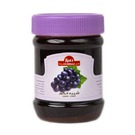
Vegetable juice is a beverage made by extracting the liquid from fresh vegetables through juicing or blending. Common vegetables used to make vegetable juice include carrots, celery, beets, spinach, kale, cucumbers, and tomatoes. Vegetable juice is often consumed for its nutritional benefits, as it contains vitamins, minerals, and antioxidants. Some people enjoy vegetable juice as a standalone beverage, while others use it as a base for smoothies or mixed with fruit juices for added flavor. Vegetable juice can also be incorporated into savory dishes like soups or used as a marinade for meats and vegetables.
Dried fruit is fruit from which the majority of the original water content has been removed either naturally, through sun drying, or through the use of specialized dryers or dehydrators. Common types of dried fruit include raisins, dates, apricots, figs, prunes, and cranberries. Drying fruit preserves it for longer periods, making it a convenient and portable snack. Dried fruit can also be used in baking, cooking, and as toppings for cereals or salads. It retains much of the nutritional value of fresh fruit, including vitamins, minerals, and fiber, although the drying process can concentrate natural sugars.
Fruit jam is a sweet spread made from fruit, sugar, and sometimes pectin, a natural thickening agent. The fruit is typically cooked down until it reaches a thick, spreadable consistency. Common types of fruit jam include strawberry jam, raspberry jam, apricot jam, and peach jam, but almost any fruit can be used to make jam. Fruit jam is commonly used as a spread on bread, toast, or crackers, and it can also be used as a topping for pancakes, waffles, or yogurt. It's appreciated for its sweet flavor and versatility in culinary applications.
Fruit preserves are similar to fruit jam but typically contain larger pieces or chunks of fruit, along with the fruit's juice and sugar. The fruit is cooked down with sugar until it thickens, but it is not typically strained or pureed as much as jam, resulting in a chunkier texture. Fruit preserves can include a variety of fruits, including berries, peaches, apricots, and figs. They are commonly used as a spread on bread, toast, or biscuits, and can also be used as a topping for desserts or paired with cheese on a charcuterie board.
Fruit sauces are sauces made primarily from fruit, often cooked down with sugar and sometimes other ingredients like spices . These sauces can vary in consistency from thin and pourable to thick and spoonable, depending on the cooking method and desired final texture. Common types of fruit sauces include berry sauces, apple sauces, and citrus sauces. Fruit sauces can be used as toppings for desserts like ice cream, cheesecake, or pancakes, or as accompaniments for savory dishes like grilled meats or poultry. They add a sweet and flavorful touch to a variety of dishes.

Fruit syrups are sweet, flavored liquids made from fruit juice or fruit puree, water, and sugar. They are typically cooked down until thickened to a syrupy consistency. Fruit syrups can be made from a variety of fruits, including berries, citrus fruits, tropical fruits, and stone fruits. They are commonly used as toppings for pancakes, waffles, and desserts like ice cream and yogurt. Fruit syrups can also be mixed with water or sparkling water to make flavored beverages, or used as a base for cocktails and mocktails. They add a burst of fruity sweetness and flavor to a wide range of dishes and drinks.
Vegetable products encompass a wide variety of food items derived from vegetables. This includes fresh vegetables, canned vegetables, frozen vegetables, pickled vegetables, vegetable juices, vegetable soups, vegetable sauces, vegetable purees, vegetable chips, and vegetable-based snacks like veggie sticks or crisps. These products are enjoyed for their nutritional value, versatility in cooking, and diverse flavors and textures.
Pickled vegetables are vegetables that have been preserved and flavored in a solution of vinegar, water, salt, and sometimes sugar, along with various spices and herbs. Commonly pickled vegetables include cucumbers (pickles), carrots, onions, beets, cauliflower, green beans, and peppers. The pickling process involves immersing the vegetables in the vinegar solution and allowing them to ferment or steep, which imparts a tangy flavor and extends their shelf life. Pickled vegetables are enjoyed as a side dish, condiment, or snack, and they add a flavorful and crunchy element to meals.
Canned vegetables are vegetables that have been processed, sealed in airtight cans, and heated to destroy microorganisms, allowing them to be stored for extended periods without refrigeration. Common canned vegetables include green beans, peas, corn, carrots, tomatoes, and mixed vegetables. The canning process typically involves blanching the vegetables to preserve color and texture, then sealing them in cans along with water or a brine solution. Canned vegetables are convenient and versatile, making them popular for use in soups, stews, casseroles, and other dishes. However, they may have a softer texture compared to fresh or frozen vegetables, and some nutrients may be lost during processing.

Vegetable juice is a beverage made by extracting the liquid from fresh vegetables through juicing or blending. Common vegetables used to make vegetable juice include carrots, celery, beets, spinach, kale, cucumbers, and tomatoes. Vegetable juice is often consumed for its nutritional benefits, as it contains vitamins, minerals, and antioxidants. Some people enjoy vegetable juice as a standalone beverage, while others use it as a base for smoothies or mixed with fruit juices for added flavor. Vegetable juice can also be incorporated into savory dishes like soups or used as a marinade for meats and vegetables.
FAQs
Is the sweetness of compotes artificial?
These products are enjoyed for their natural sweetness, flavor, and nutritional benefits.
What are the different types of dry fruits?
dried fruit include raisins, dates, apricots, figs, prunes, and cranberries.
Where is fruit sauce used?
They are commonly used as toppings for pancakes, waffles, and desserts like ice cream and yogurt
Where is vegetable juice used?
Vegetable juice is often consumed for its nutritional benefits, as it contains vitamins, minerals and antioxidants.
 +7929688-88-14
+7929688-88-14

 English
English
 Persian
Persian
 Russian
Russian
 Chinese
Chinese


 +7929688-88-14
+7929688-88-14


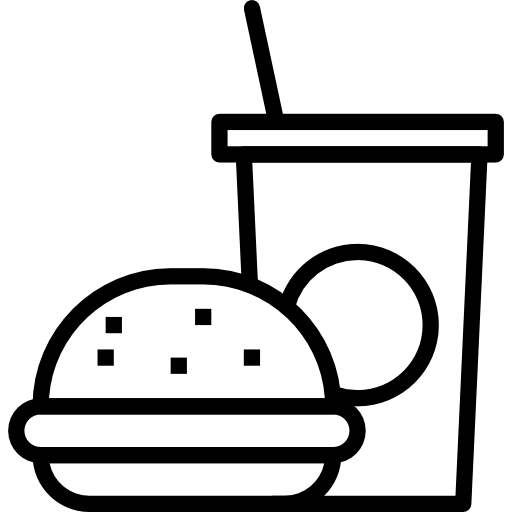
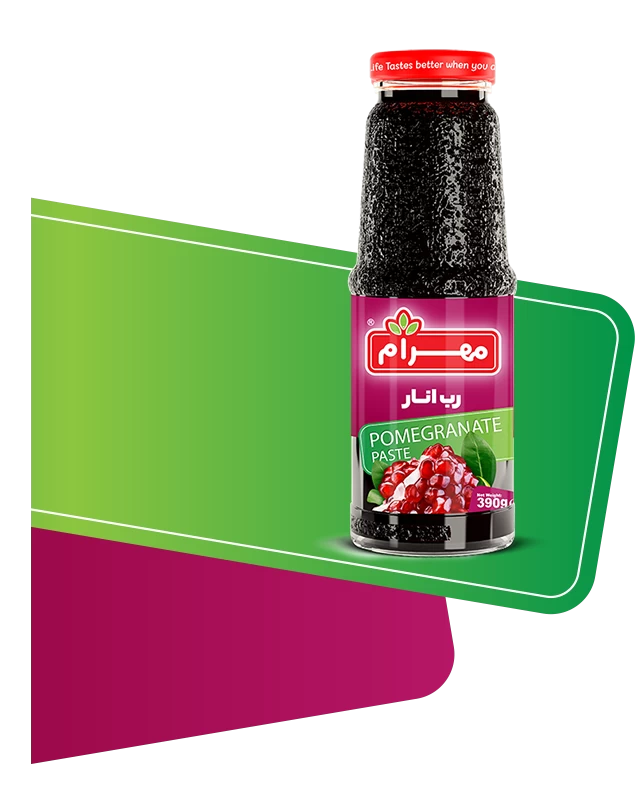
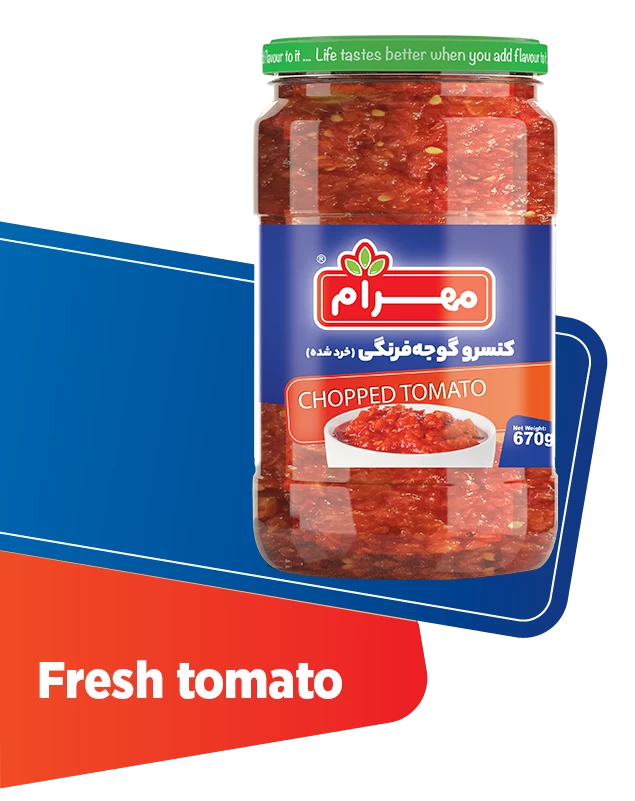
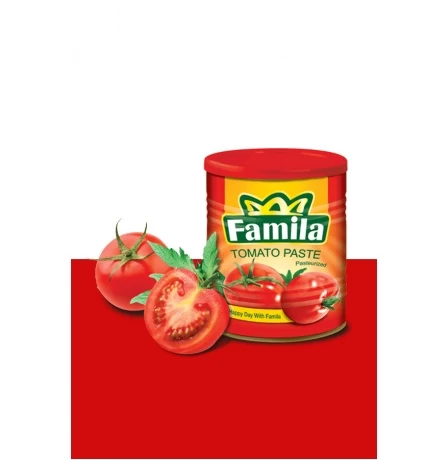
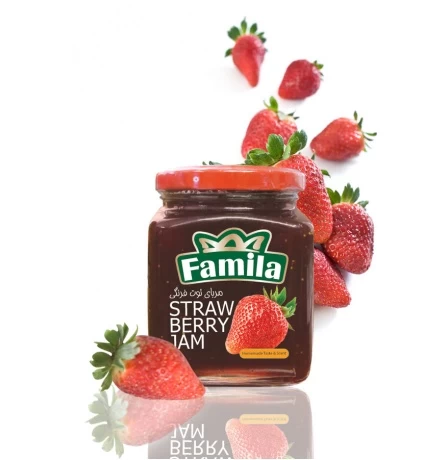
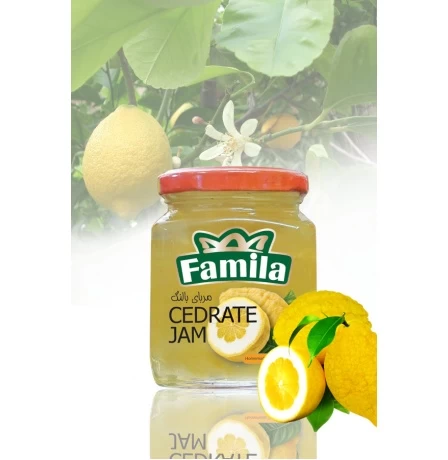
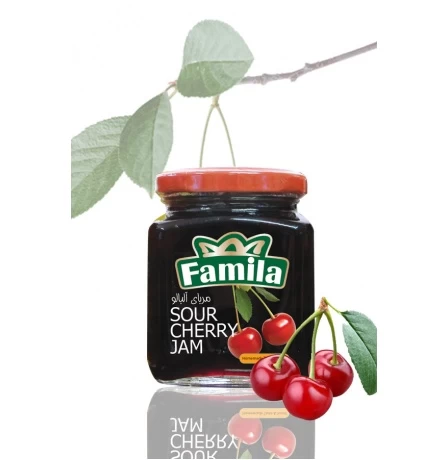
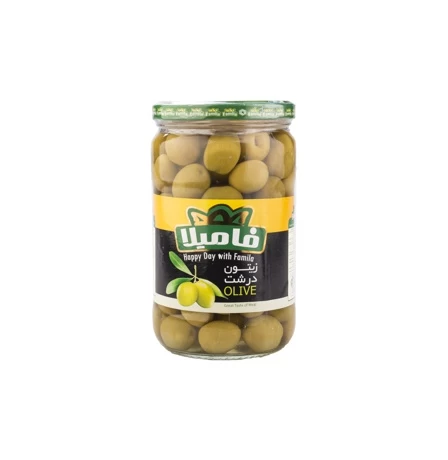
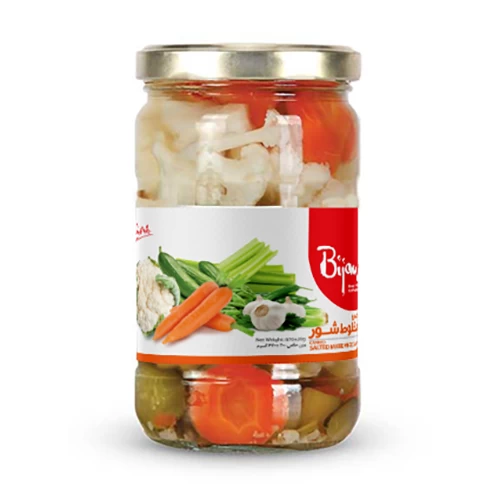
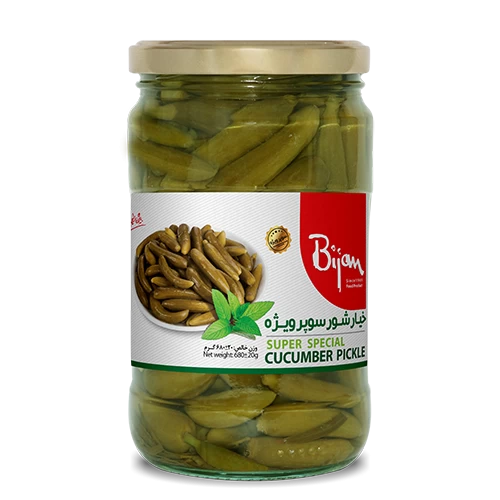
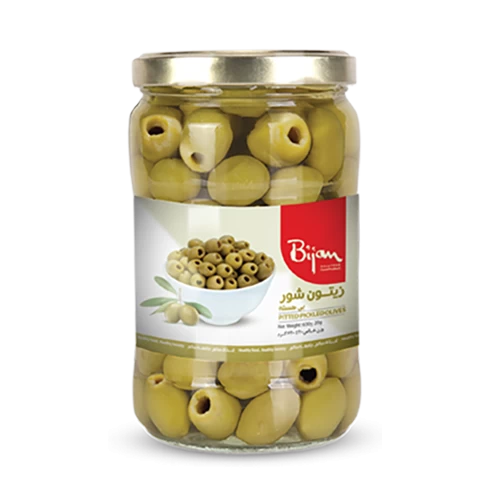
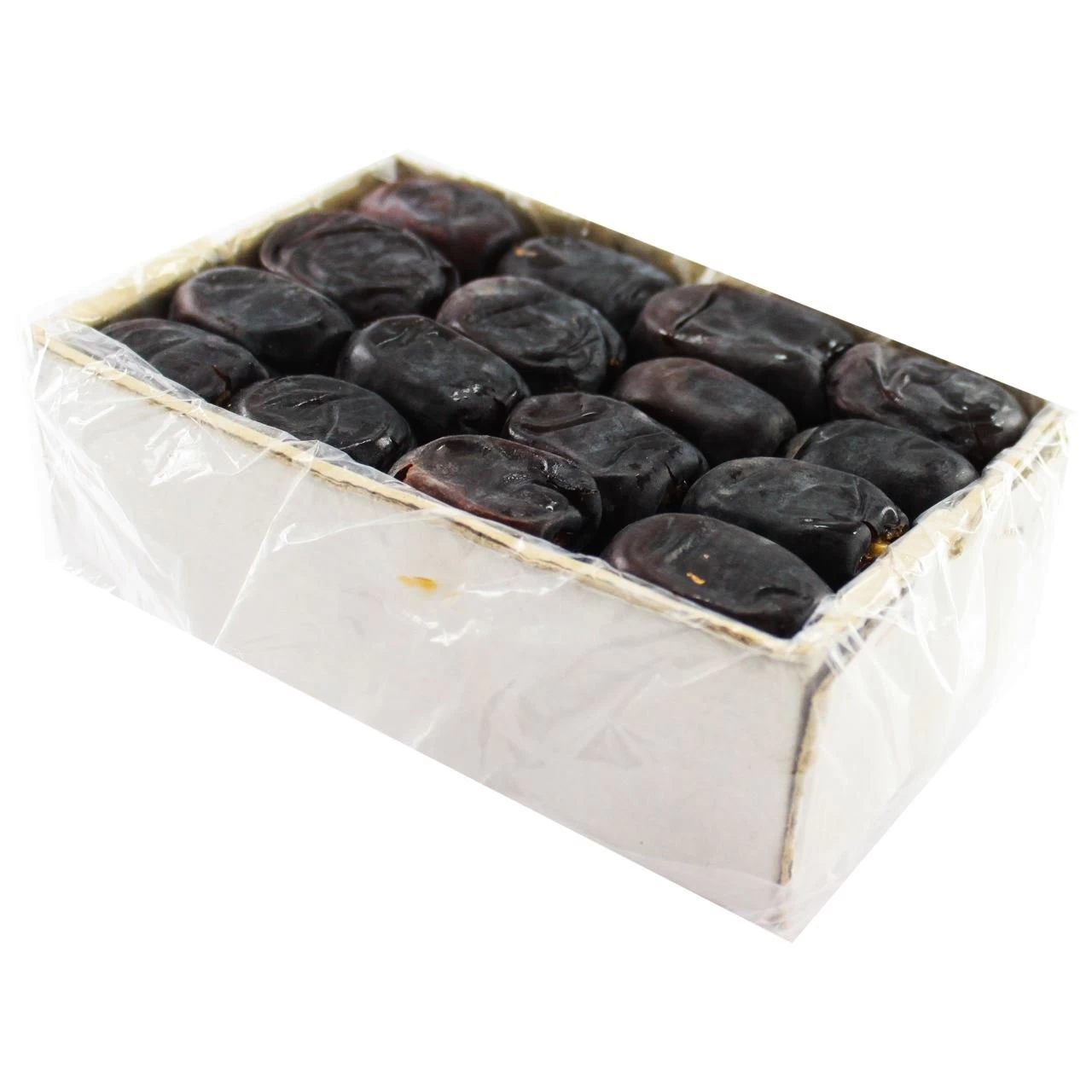
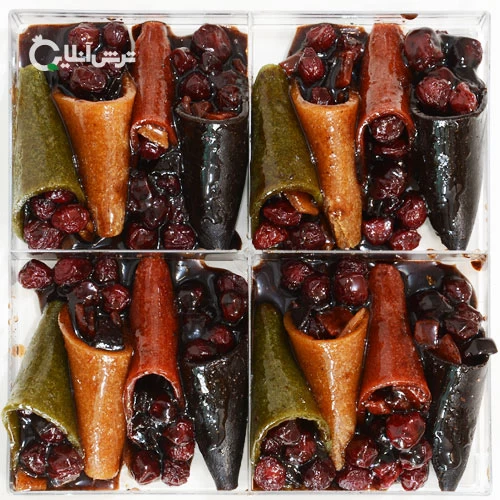
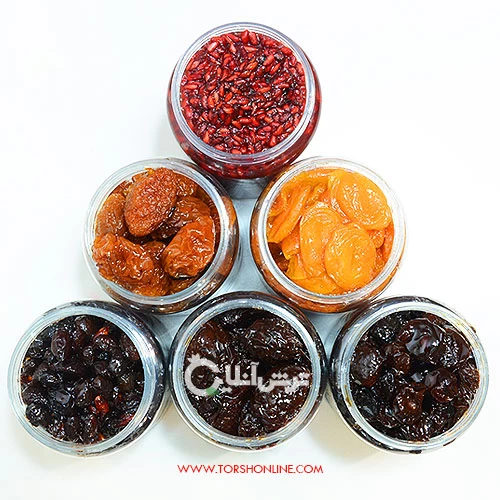

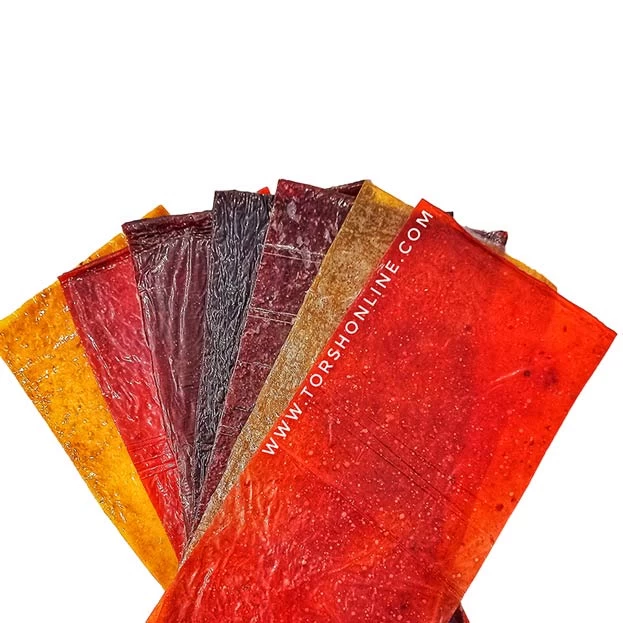
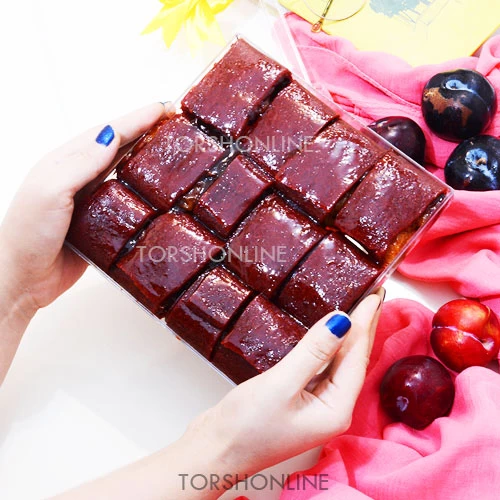

.webp)
